1. Iguazu Falls, Argentina / Brazil
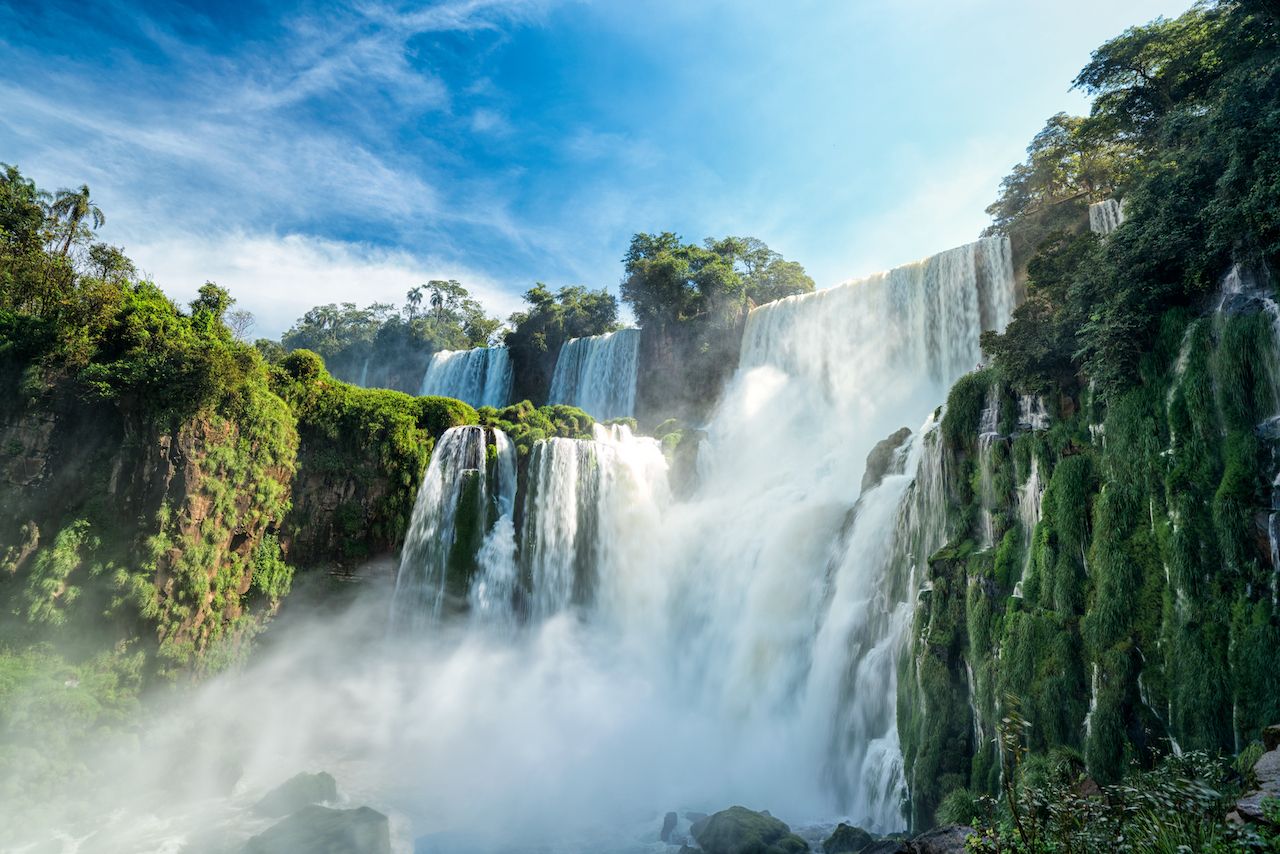
Photo: sharptoyou/Shutterstock
Tucked in a corner at the borders of Argentina, Brazil, and Paraguay, the 275 falls of Iguazu dwarf Niagara and have to be one of the most amazing sights anywhere.
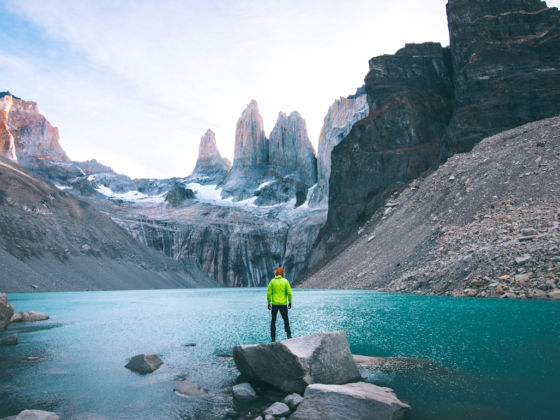


Photo: sharptoyou/Shutterstock
Tucked in a corner at the borders of Argentina, Brazil, and Paraguay, the 275 falls of Iguazu dwarf Niagara and have to be one of the most amazing sights anywhere.
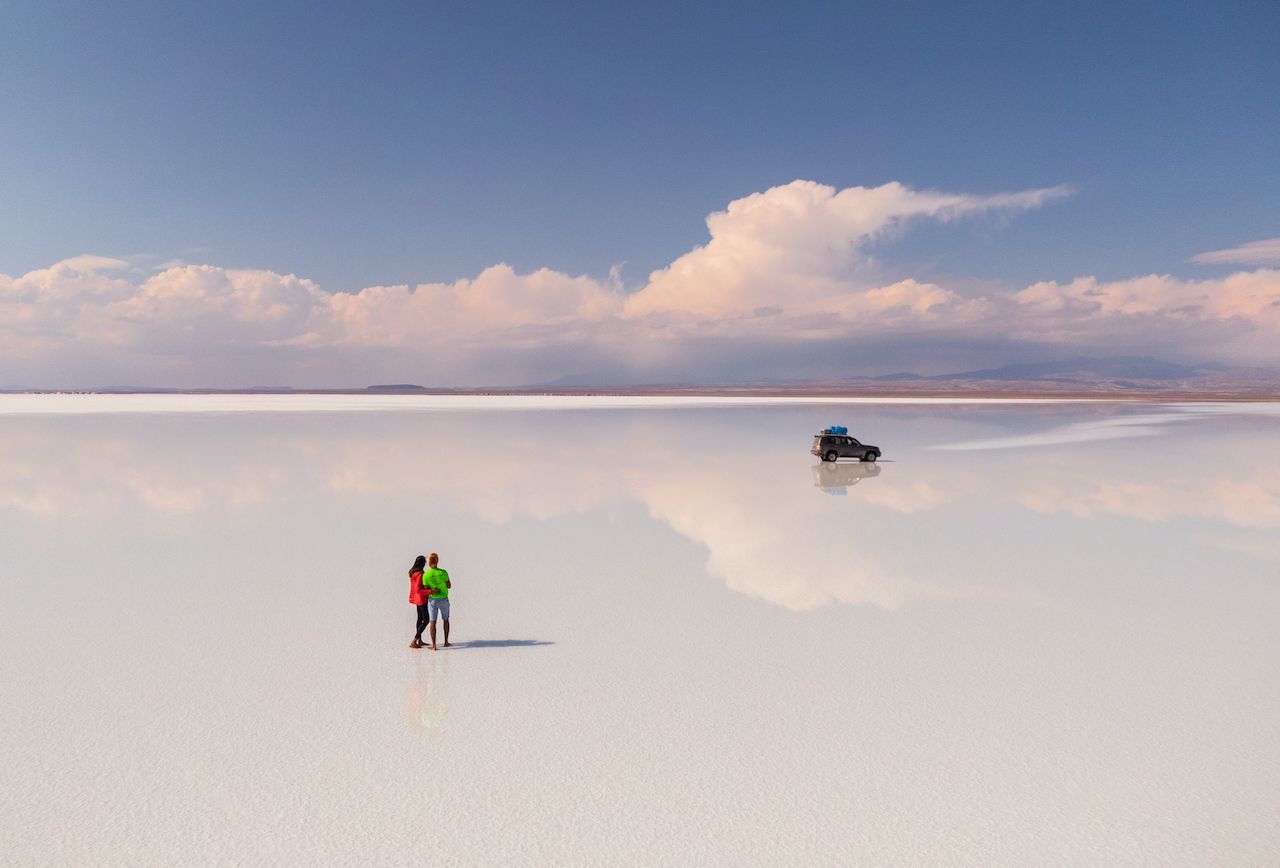
Photo: Jam Travels/Shutterstock
During the rainy season (~Jan-Mar), the world’s largest salt flat is covered in an inches-deep pool that perfectly reflects the sky, creating a truly alien landscape.
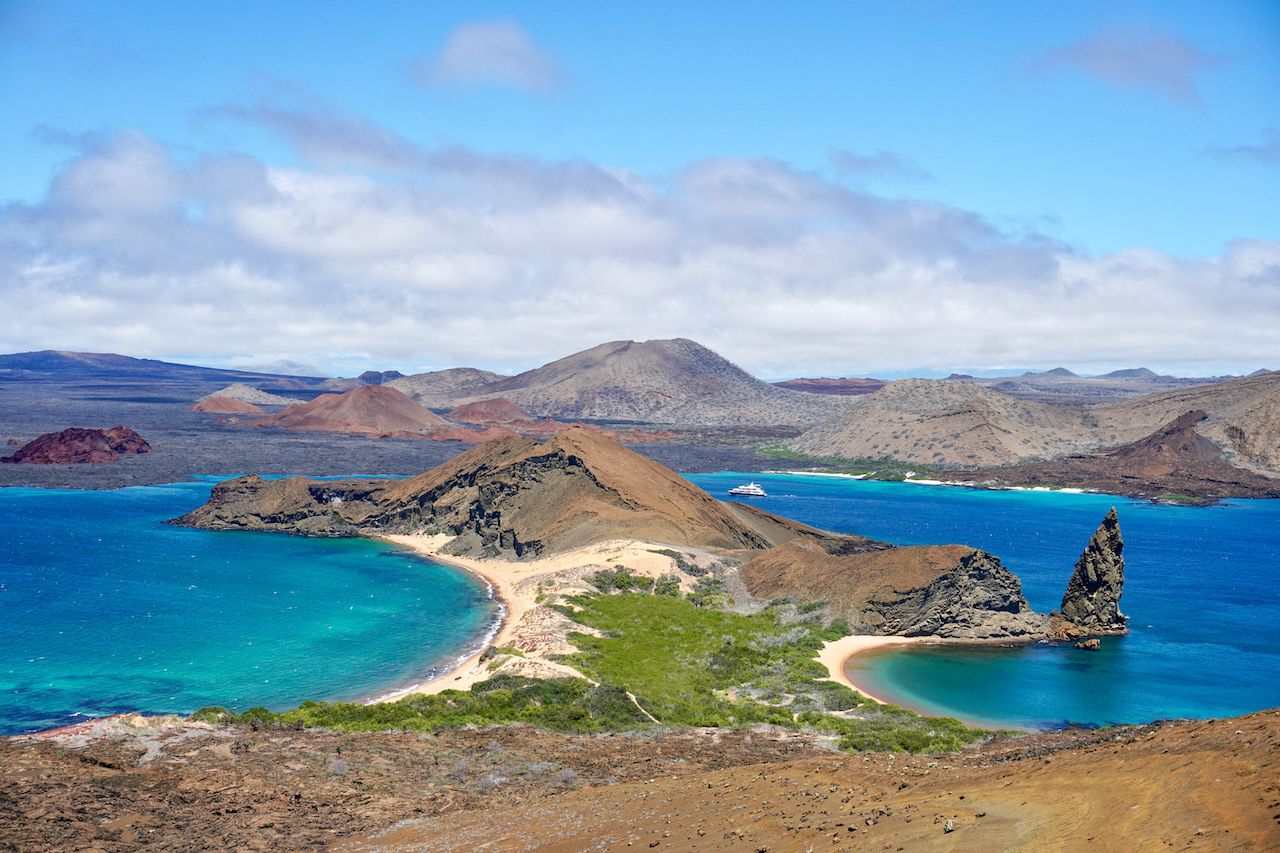
Photo: Maggiori Images/Shutterstock
This archipelago 600 miles off the coast of Ecuador is famous for its high number of endemic species and its influence on Darwin’s theory of evolution by natural selection.
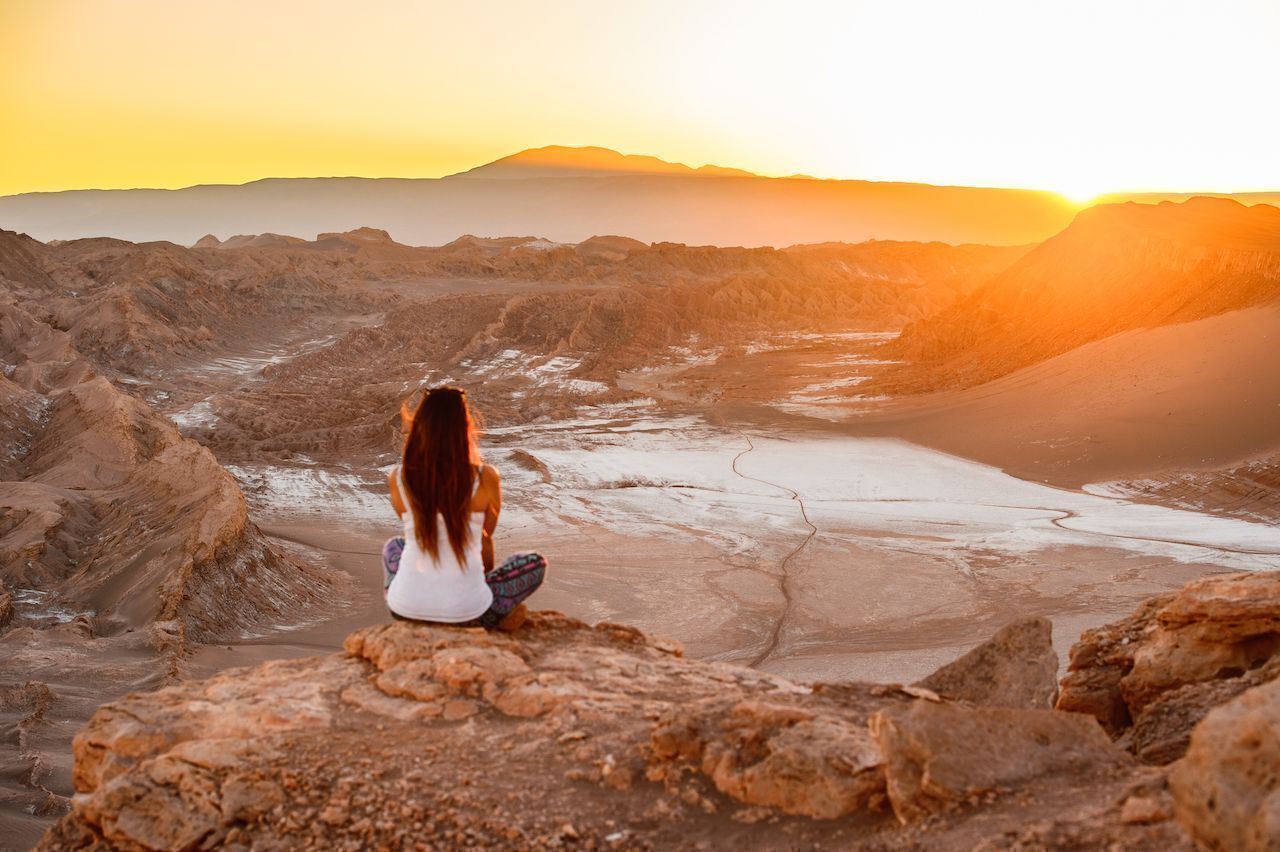
Photo: Anton_Ivanov/Shutterstock
The world’s driest desert covers 40,000 square miles of northern Chile and includes coastal plains, high volcanoes, geysers and hot springs, and, more recently, the state-of-the-art ALMA observatory.
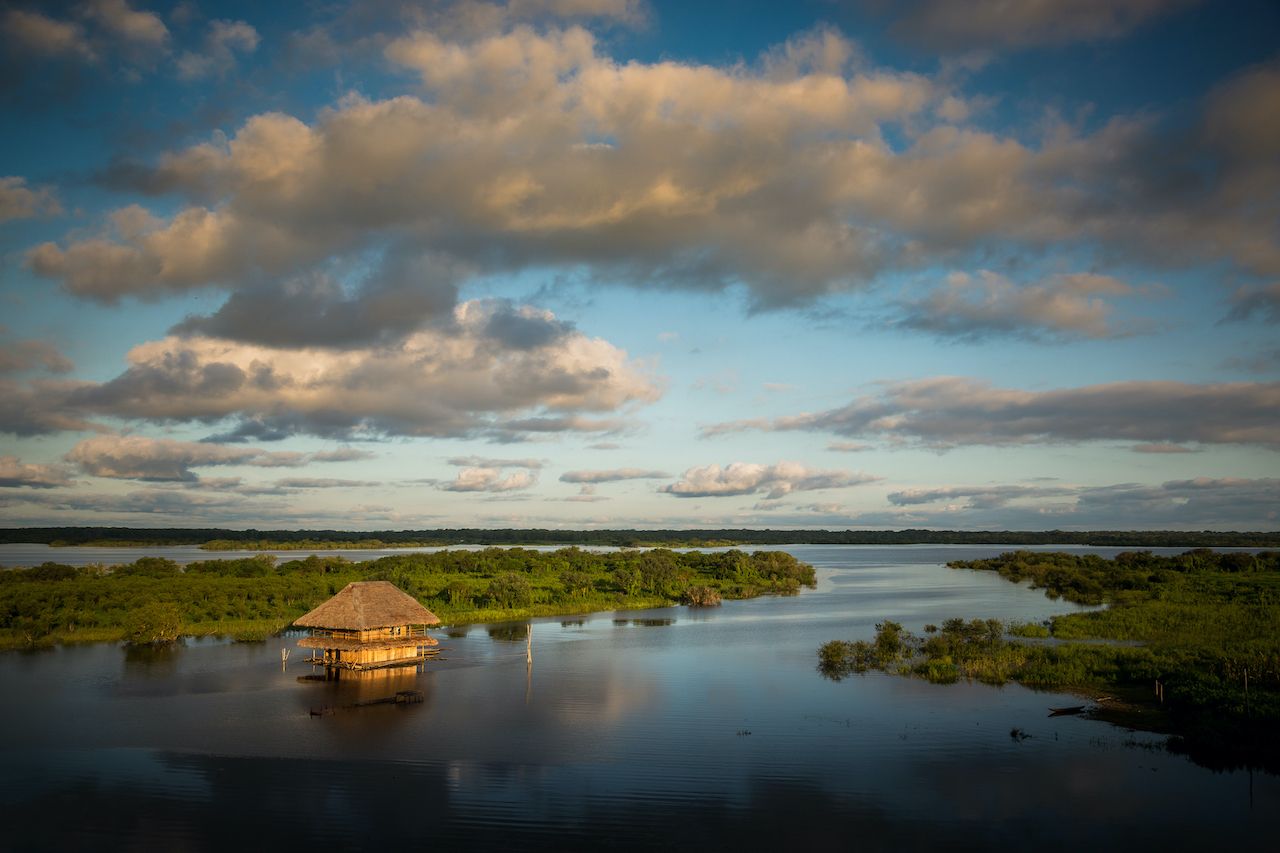
Photo: Christian Vinces/Shutterstock
By volume, the Amazon is far and away the largest river on Earth. With hundreds of huge tributaries (such as the Rio Negro below), its drainage basin accounts for 40% of South America’s land area.
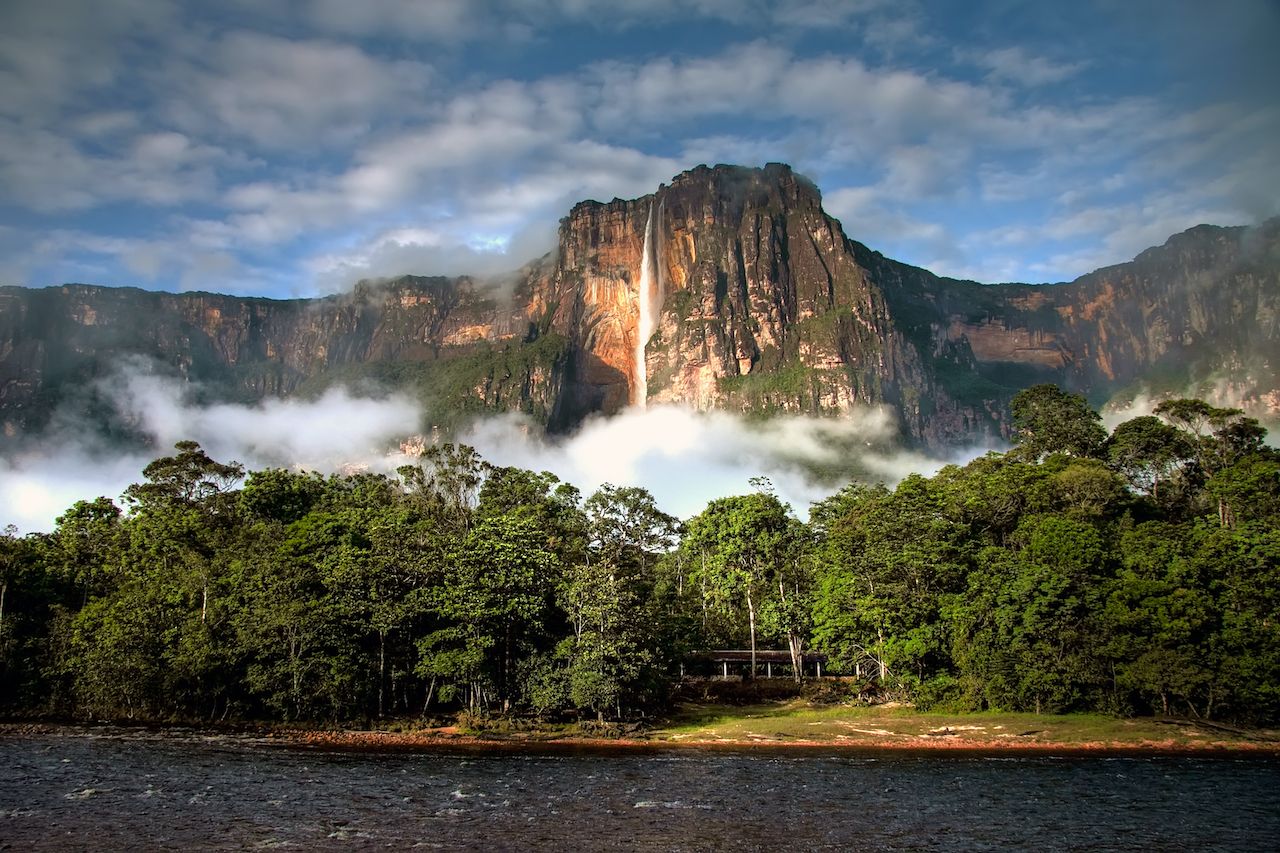
Photo: Alice Nerr /Shutterstock
Angel Falls is the world’s highest and certainly one of the most spectacular.

Photo: emperorcosar/Shutterstock
Daggers of mountain peaks, glacial lakes, and guanaco define southern Chile’s Torres del Paine National Park.
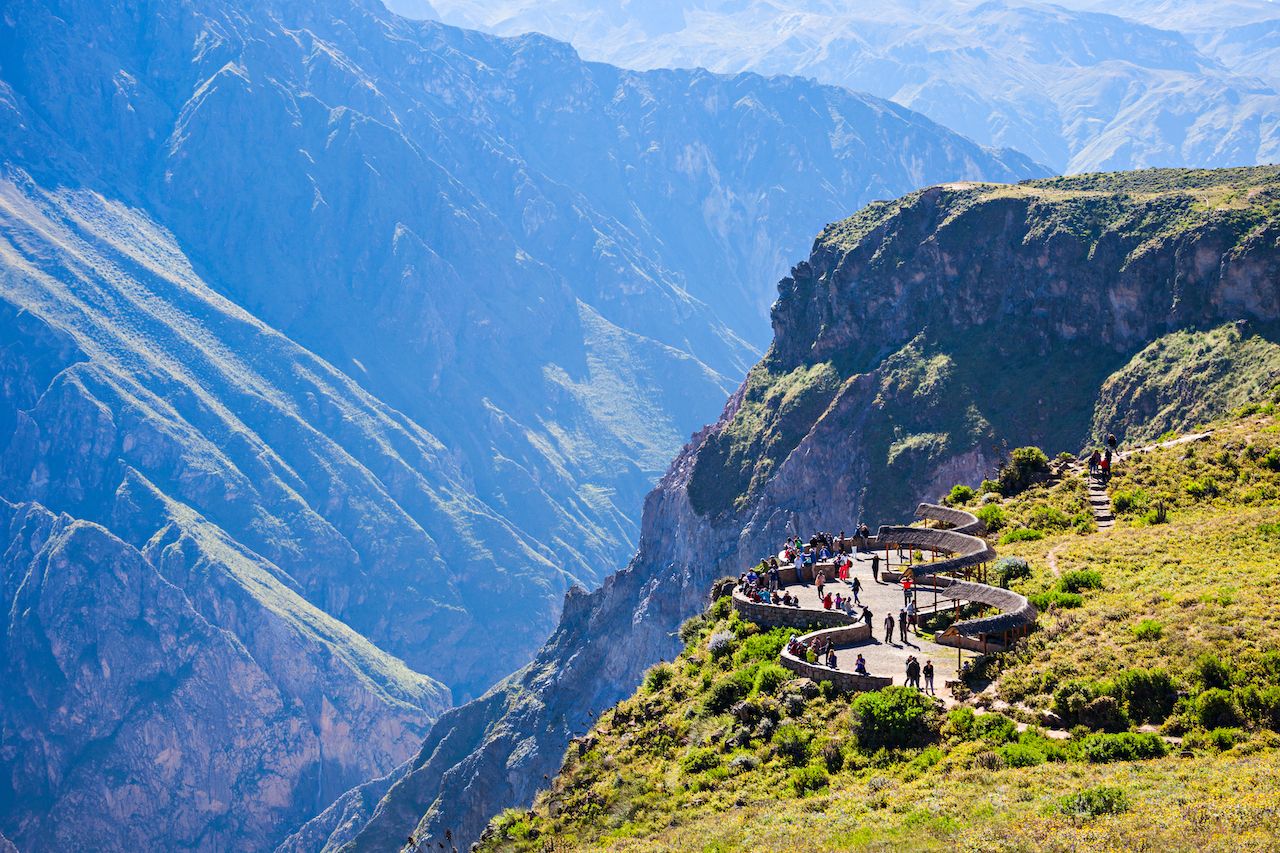
Photo: saiko3p/Shutterstock
This canyon, located 100km out from Arequipa, is about twice as deep as the Grand Canyon and full of Andean condors.
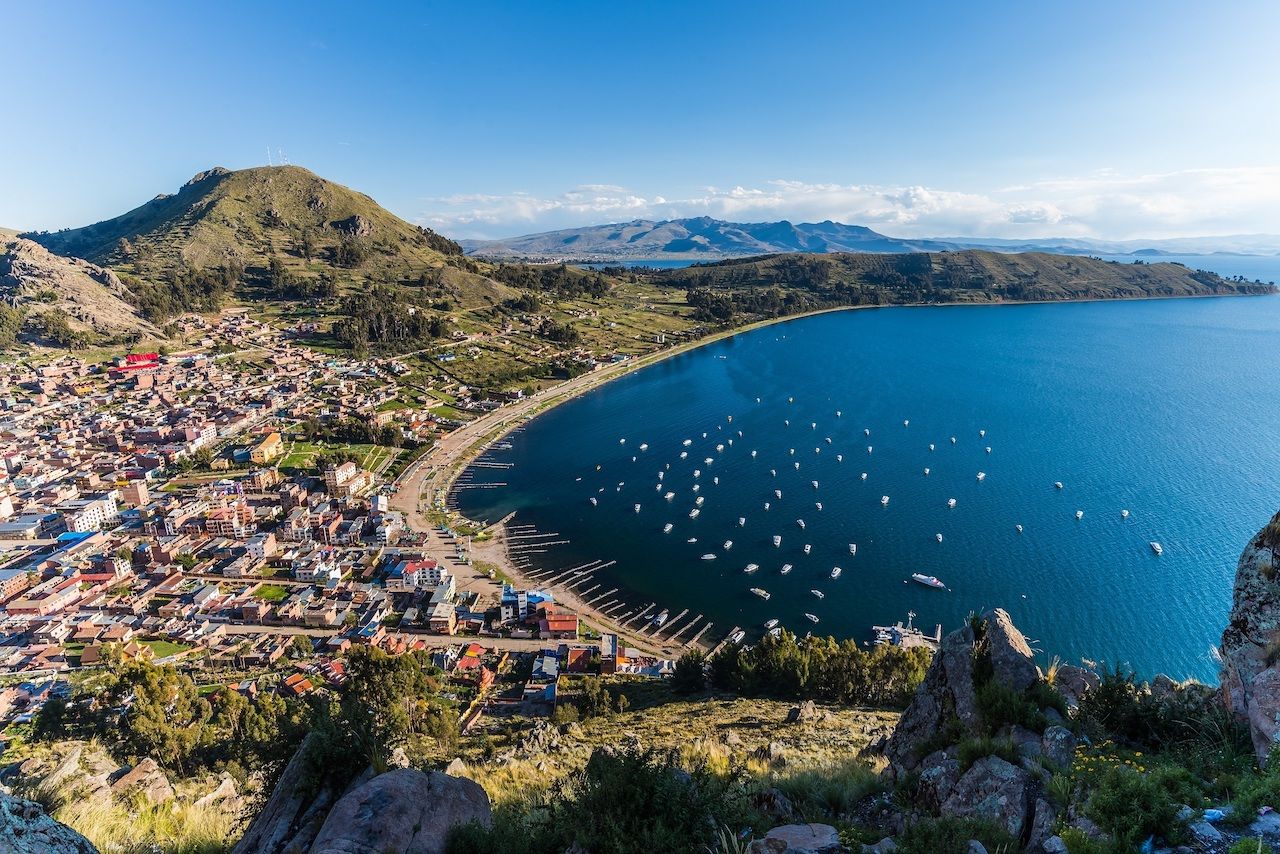
Photo: Shanti Hesse/Shutterstock
The superlatives keep coming. This gigantic lake spilling over the Altiplano between Bolivia and Peru is the world’s highest navigable body of water.
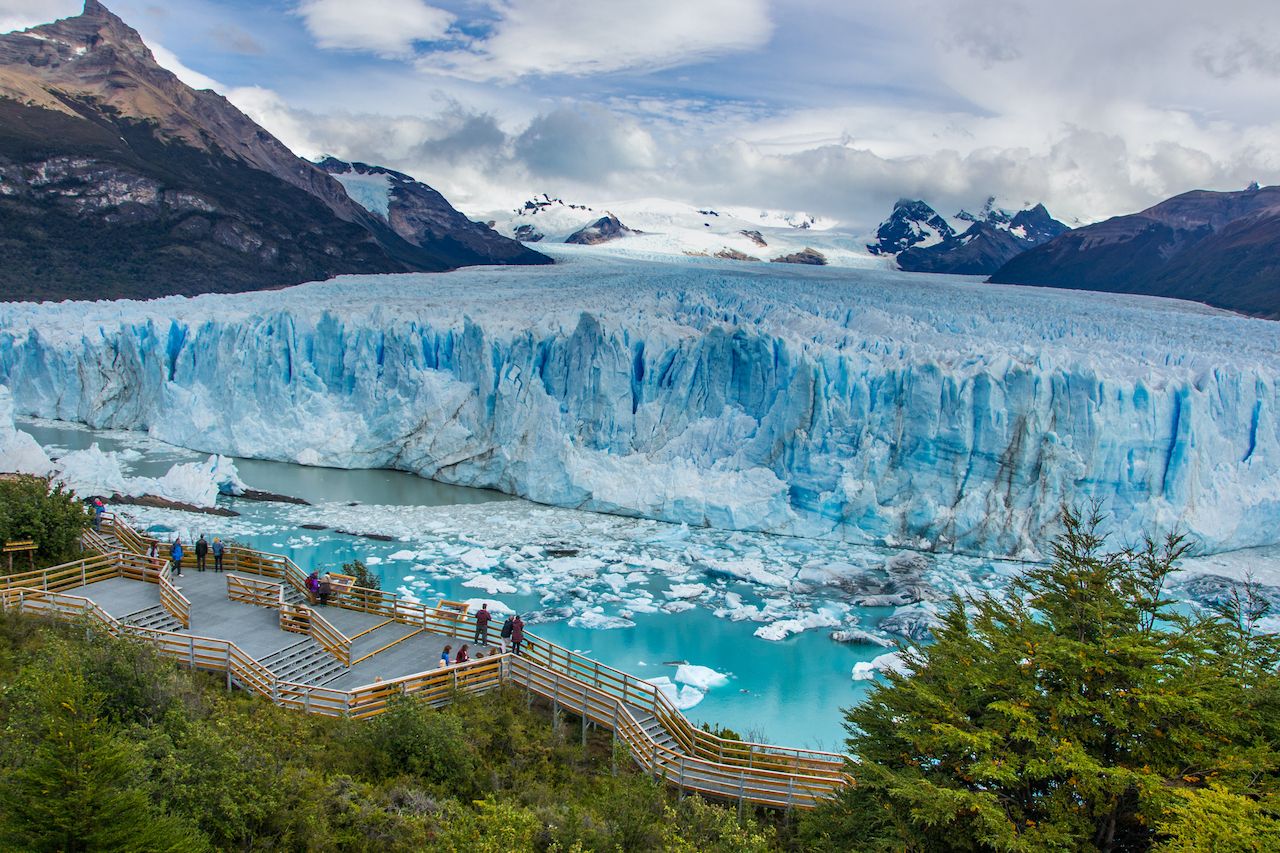
Photo: Tetyana Dotsenko/Shutterstock
Fed by the Southern Patagonian Ice Field (the third-largest reserve of fresh water in the world), the Perito Moreno Glacier is the thing to see in Argentine Patagonia. You can also trek it.
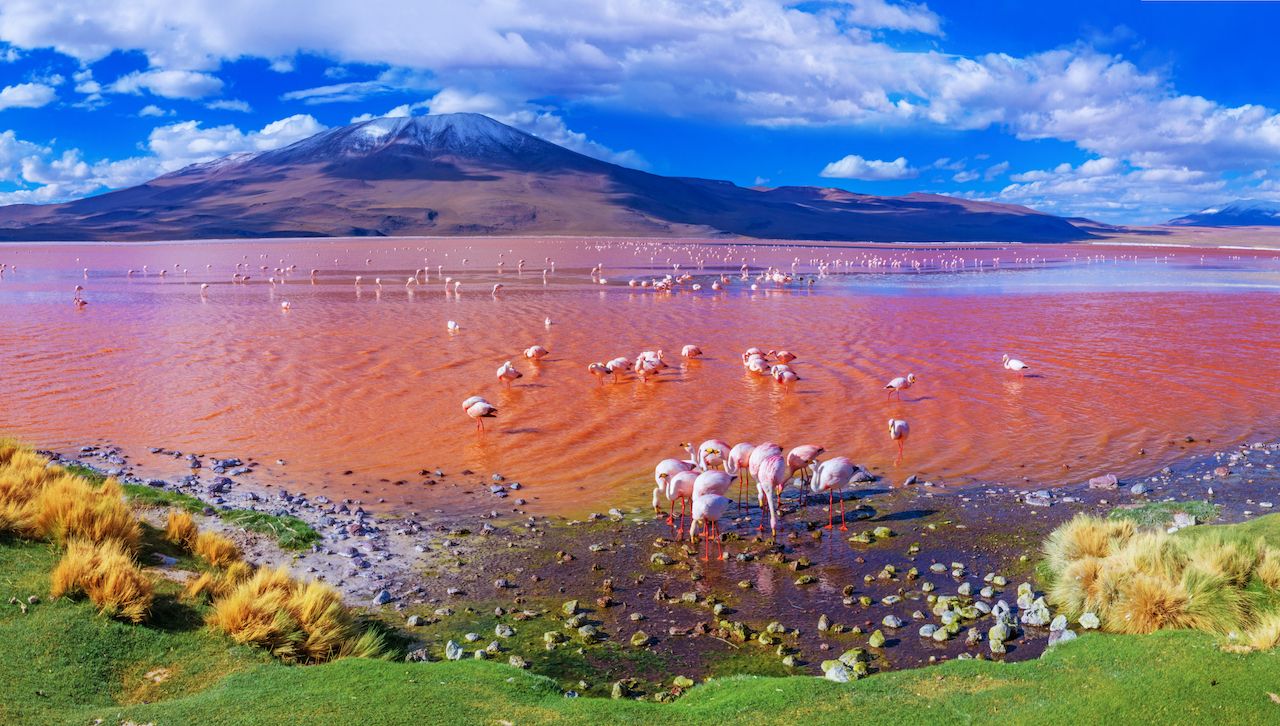
Photo: Belikova Oksana/Shutterstock
This shallow, algae-rich lagoon attracts plenty of flamingos and is a main stop on tours of Bolivia’s Southwest Circuit.
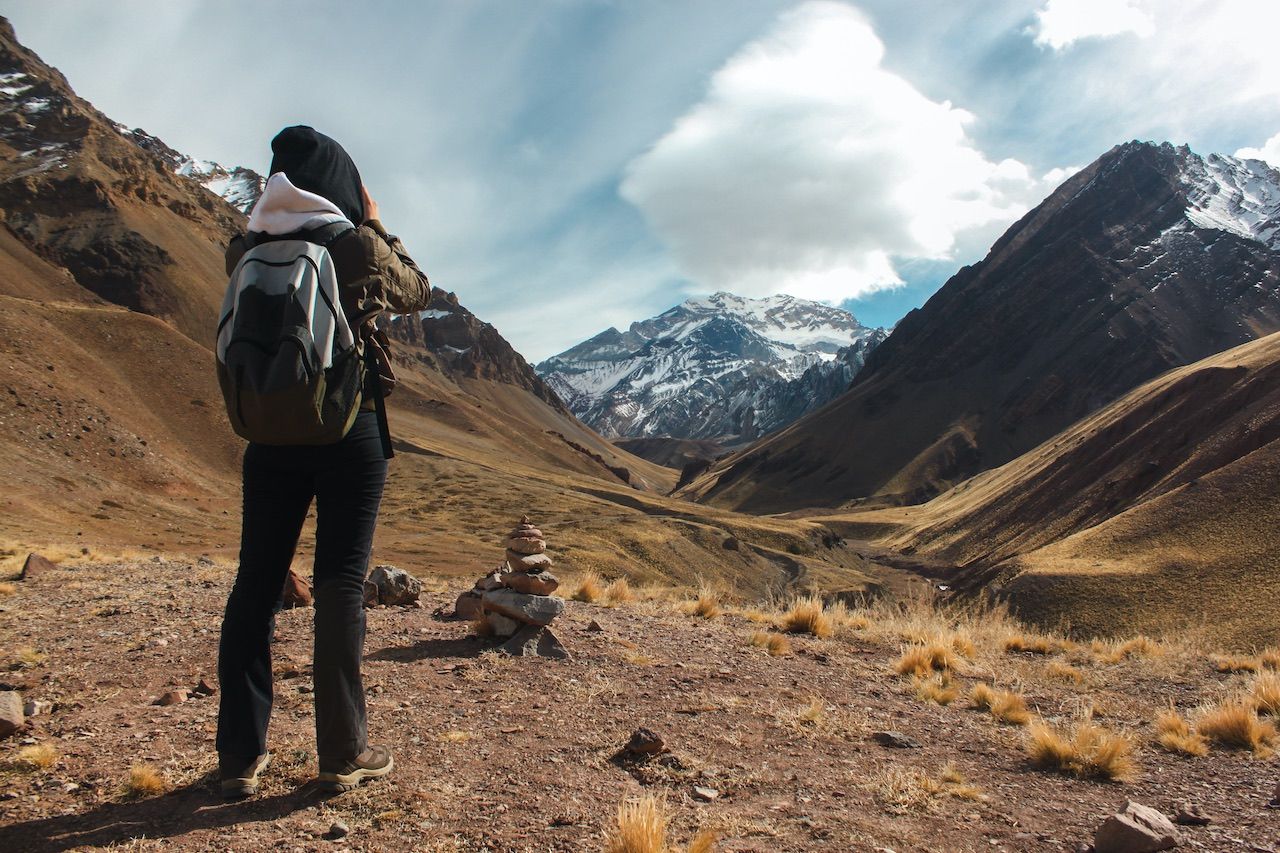
Photo: Shutterstock/NiarKrad
The “Roof of the Americas,” rising up from the Andes between Argentina and Chile, is 6,962 meters (22,841 feet) tall.
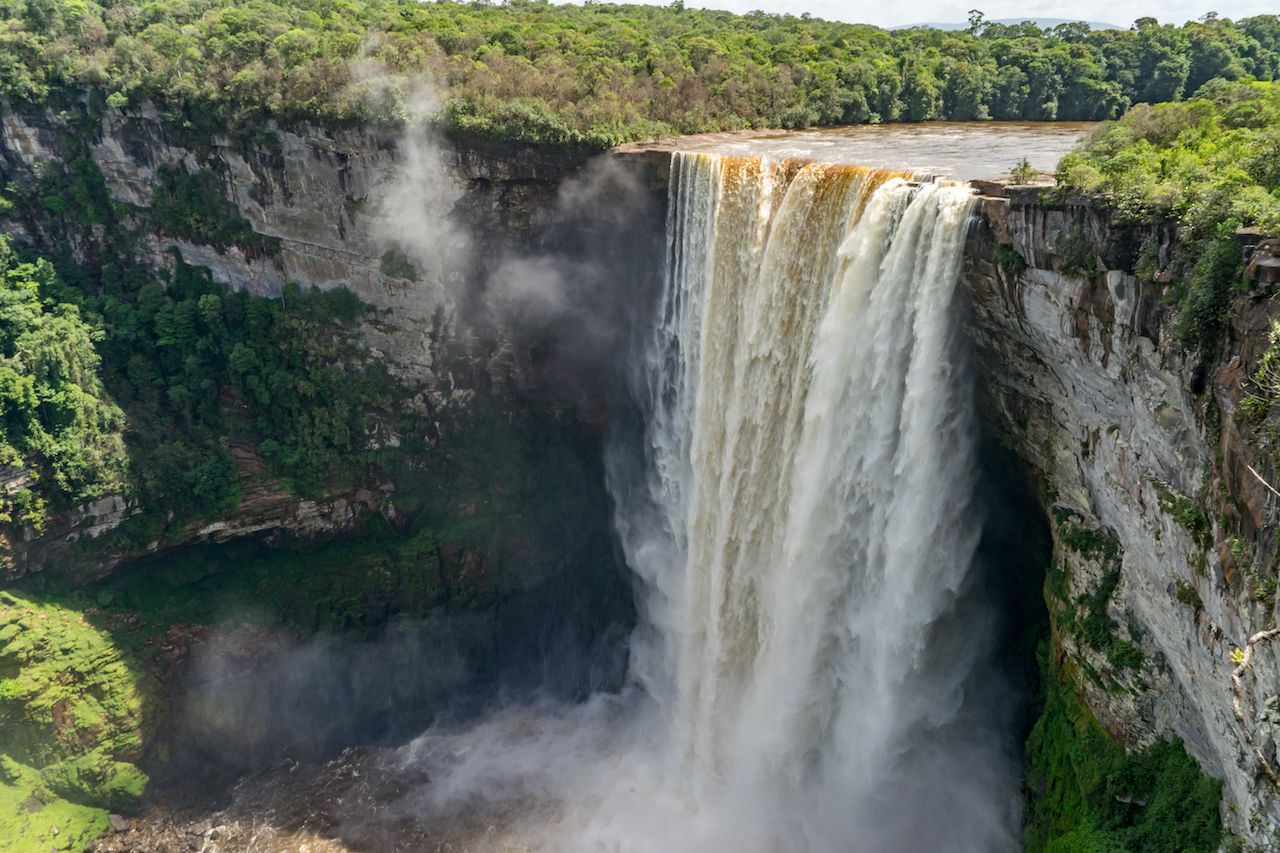
Photo: Gail Johnson/Shutterstock
While not as high-profile as the other falls on this list, Kaieteur is still the world’s largest one-drop by volume.
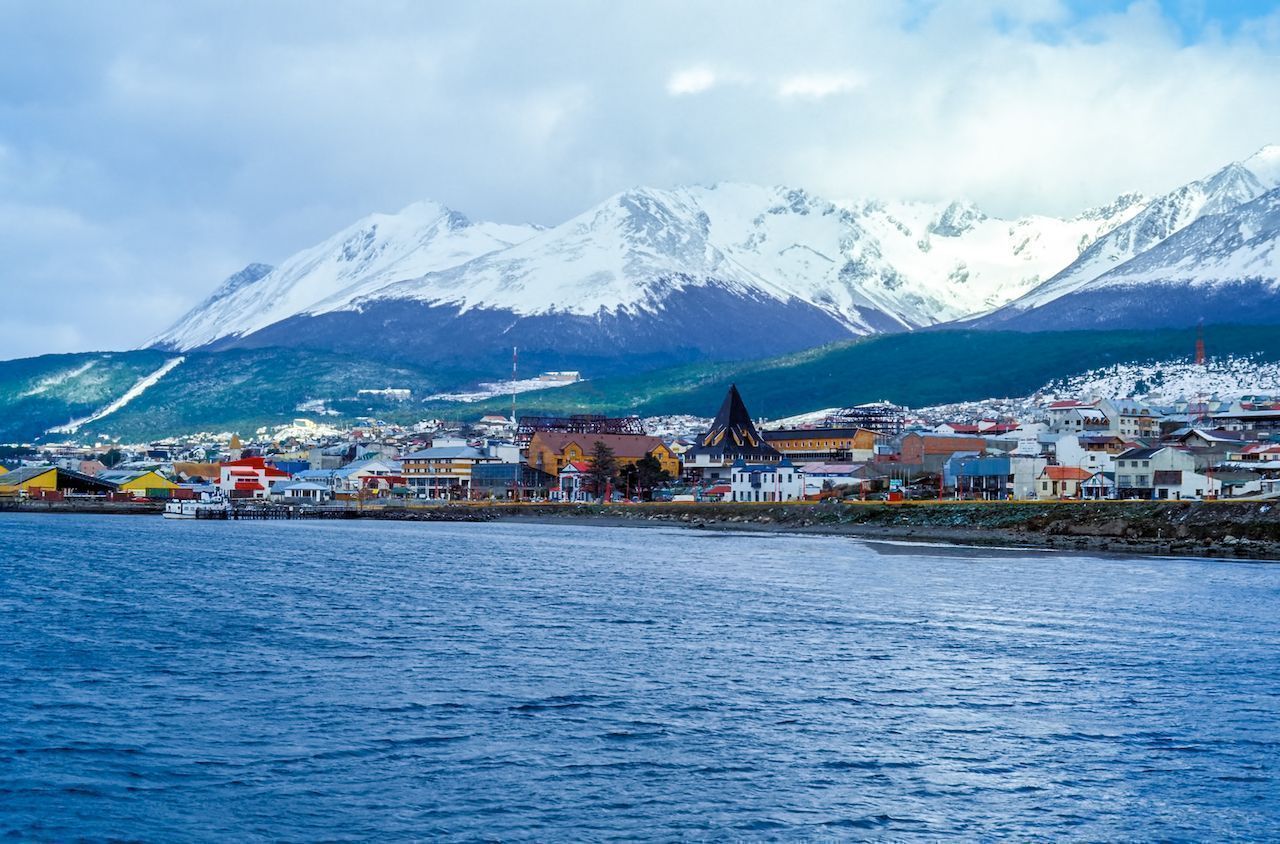
Photo: UlyssePixel/Shutterstock
Things get extreme at the “End of the World,” the continent’s southernmost tip. The island’s scrubby trees grow horizontally in the face of strong Antarctic winds.
This post was published in its original form on January 5, 2010.